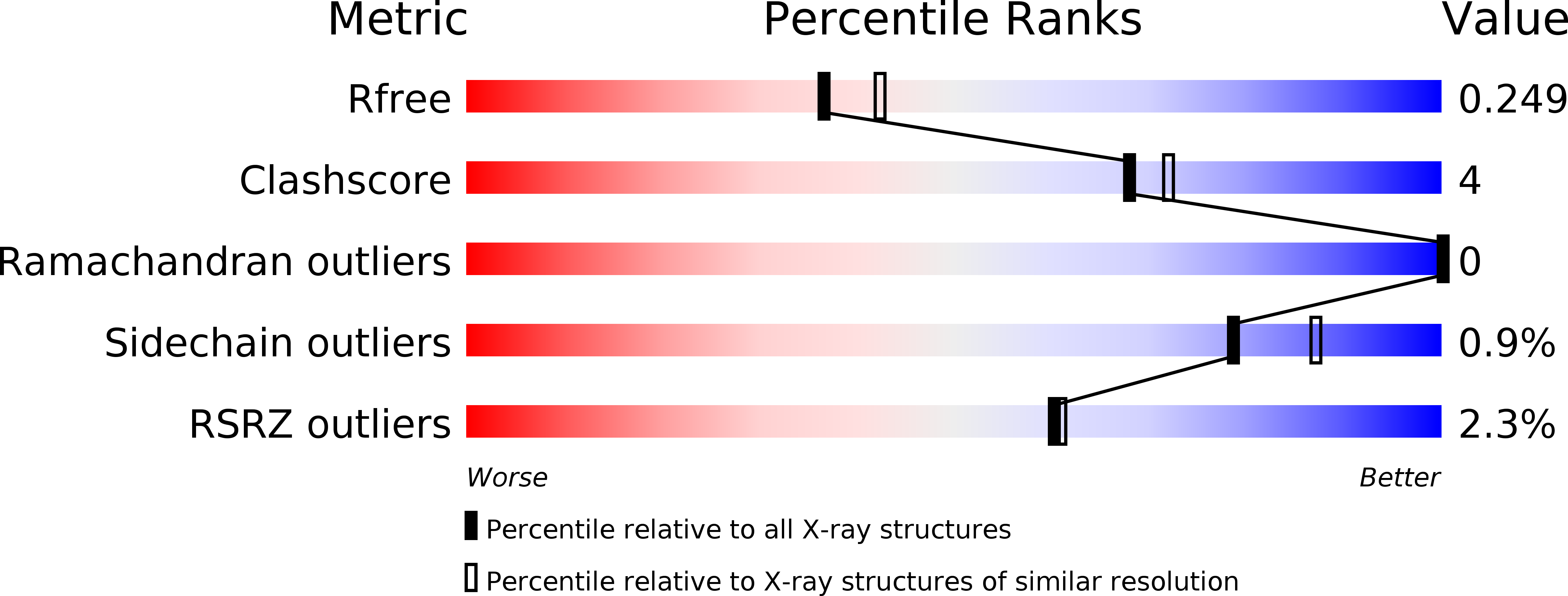
Deposition Date
2017-04-01
Release Date
2018-05-02
Last Version Date
2023-11-22
Entry Detail
PDB ID:
5XE5
Keywords:
Title:
Discovery and structural analysis of a phloretin hydrolase from the opportunistic pathogen Mycobacterium abscessus
Biological Source:
Source Organism:
Host Organism:
Method Details:
Experimental Method:
Resolution:
2.17 Å
R-Value Free:
0.24
R-Value Work:
0.20
R-Value Observed:
0.20
Space Group:
P 1 21 1


